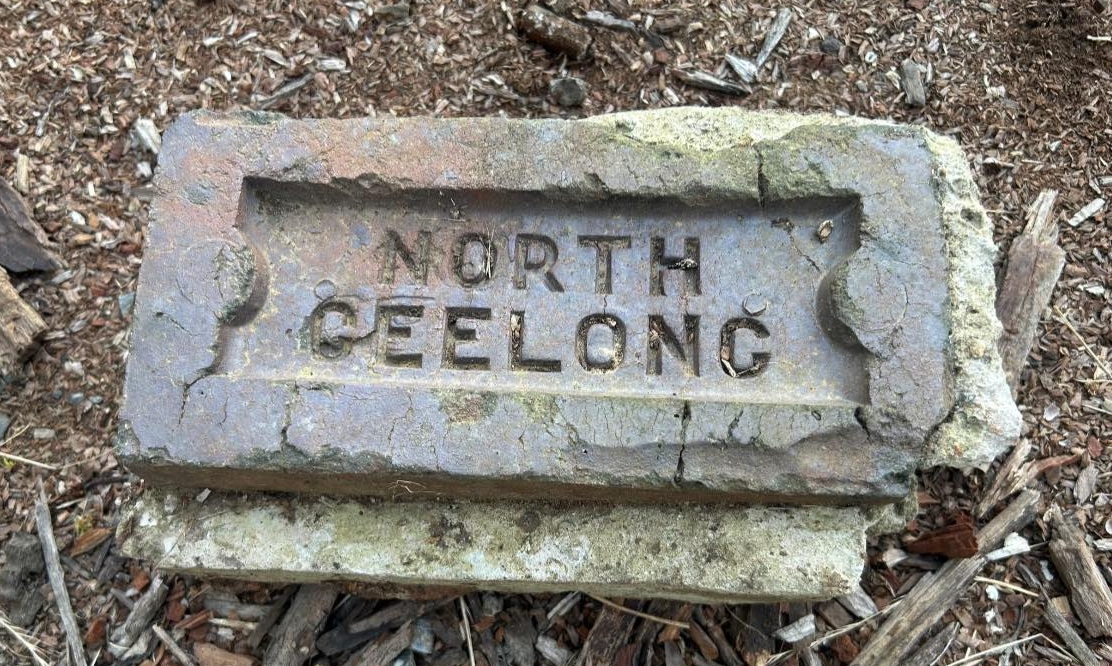It is unclear where the LaTrobe brickworks was located, but it is assumed somewhere in the Latrobe valley. It may be the same as the Traralgon Brickworks.
Thursday, July 11, 2024
Traralgon
Abraham and Arthur Wigg purchased an existing brickworks in 1911, where the Duncan Cameron Oval is now situated in Traralgon. They had previously made bricks by hand in several different locations but installed machinery for the new works.
Wednesday, July 10, 2024
Morwell
Wednesday, July 3, 2024
North Geelong
The North Geelong Brick Works Pty Ltd was established as a public company in 1926, with its works at the corner of Moorabool and Ryrie Streets, but a brickworks had been operating in North Geelong from at least 1911, utilising local clay to produce the 'famous Geelong blue bricks".
The blue bricks of Geelong have a name among architects and builders that ts second to. none la Victoria. . They were pleased at the announcement made by the manager of the company (Sir J. W. Cornell), yesterday when be showed them samples of the wire-cut plastic-brick made from the deposits of clay at North Geelong, and said that a large percentage of the bricks now being baked in the kilns were of that class. (Geelong Advertiser 17 May 1927, p.4)
References to the North Geelong Brick Company are common in the earlier 1920s and the works were at full production capacity around 1924 when it was reported there was a "boom in bricks". In 1925 the manager Stan Sadler, had three fingers severed by one of the machines.
Glenthompson
Thursday, April 11, 2024
Excelsior Brickworks.
A number of brick companies used the name Excelsior. A Sydney firm with this name was operated by the Keen brothers from 1890 to 1920 from Lang St Ashfield.
Glew and Hills were the proprietors of the Excelsior Brick Company in Frankston advertising "white and common bricks always on hand moulded bricks of every description made to order" in 1891.
Wright and Wade were owners of an Excelsior Brickworks in Dandenong Road Oakleigh in 1889 according to the Ramekin who also records John McKell as having previously been the Manager of the South Yarra Brickworks, formerly the Excelsior brickworks in Chapel Street and another Excelsior brickworks in Braybrook.
The Chapel Street works appears to the most prolific and long lived. The Argus in 1924 noted that:
For 40 years the Excelsior Brick Company has been quarrying a piece of land in Chapel street, near the Church street bridge, and proposes to continue quarrying material for the manufacture of bricks to a depth consistent with economical working. The new Melbourne High School adjoins this property, and in the event of deep quarry being made the school would be cut off from Chapel street. The hoarding on the left of the photograph of the 'late marks the Chapel street boundary of the brickworks, and on the right may be seen the new High School in course of erection.




